The Roman-Byzantine Period
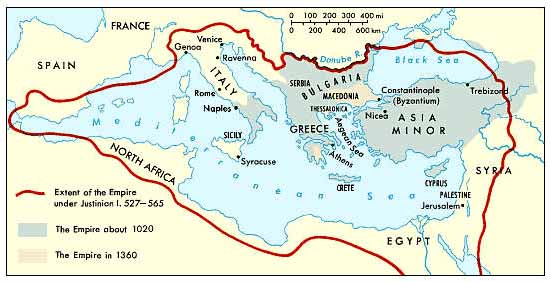
The Byzantine Empire is the term conventionally used to describe the Greek-speaking Roman Empire during the Middle Ages, centred at its capital in Constantinople. In certain specific contexts, usually referring to the time before the fall of the Western Roman Empire, it is also often referred to as the Eastern Roman Empire. There is no consensus on the starting date of the Byzantine period.
Some place it during the reign of Diocletian (284-305) due to the administrative reforms he introduced, dividing the empire into a pars Orientis and a pars Occidentis. Others place it during the reign of Theodosius I (379-395) and Christendom's victory over paganism, or, following his death in 395, with the division of the empire into Western and Eastern halves. Others place it yet further in 476, when the last western emperor, Romulus Augustus, was forced to abdicate, thus leaving to the emperor in the Greek East sole imperial authority. In any case, the changeover was gradual and by 330, when Constantine I inaugurated his new capital, the process of Hellenization and Christianization was well underway.

The Byzantine Empire is the term conventionally used to describe the Greek-speaking Roman Empire during the Middle Ages, centred at its capital in Constantinople. In certain specific contexts, usually referring to the time before the fall of the Western Roman Empire, it is also often referred to as the Eastern Roman Empire. There is no consensus on the starting date of the Byzantine period.
Some place it during the reign of Diocletian (284-305) due to the administrative reforms he introduced, dividing the empire into a pars Orientis and a pars Occidentis. Others place it during the reign of Theodosius I (379-395) and Christendom's victory over paganism, or, following his death in 395, with the division of the empire into Western and Eastern halves. Others place it yet further in 476, when the last western emperor, Romulus Augustus, was forced to abdicate, thus leaving to the emperor in the Greek East sole imperial authority. In any case, the changeover was gradual and by 330, when Constantine I inaugurated his new capital, the process of Hellenization and Christianization was well underway.

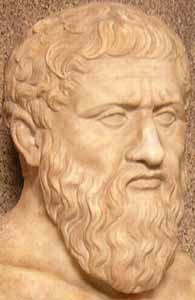
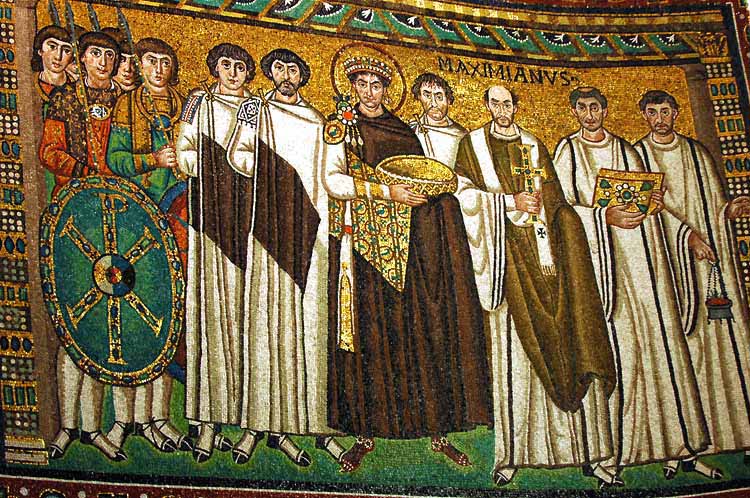
 By far the most significant building of the Byzantine Empire is the great church of
By far the most significant building of the Byzantine Empire is the great church of 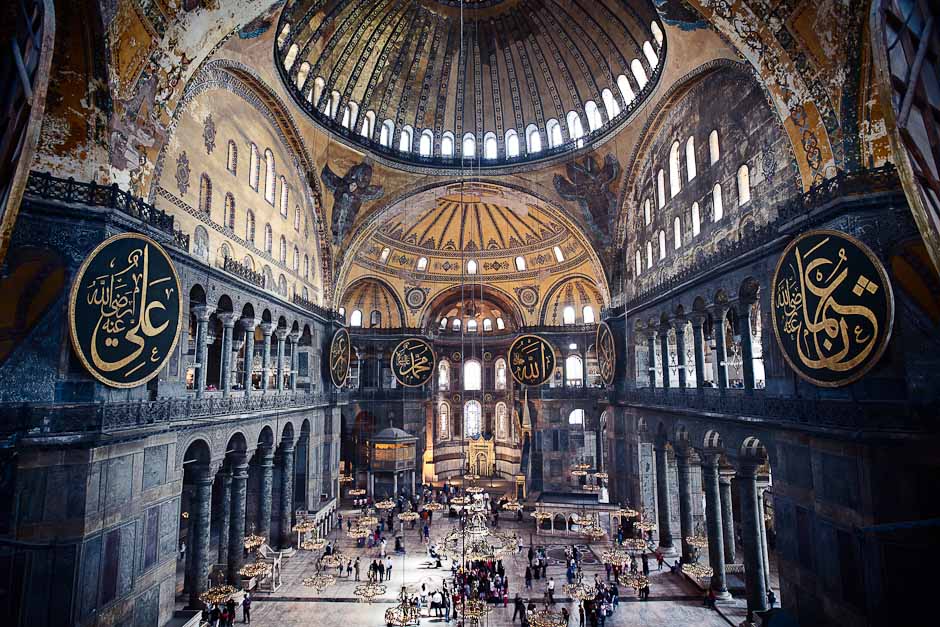 The precise features of Hagia Sophia's complex design were not repeated in later buildings; from this time, however, most Byzantine churches were centrally planned structures organized around a large dome; they retained the cosmic symbolism and demonstrated with increasing clarity the close dependence of the design and decoration of the church on the liturgy performed in it.
The precise features of Hagia Sophia's complex design were not repeated in later buildings; from this time, however, most Byzantine churches were centrally planned structures organized around a large dome; they retained the cosmic symbolism and demonstrated with increasing clarity the close dependence of the design and decoration of the church on the liturgy performed in it. 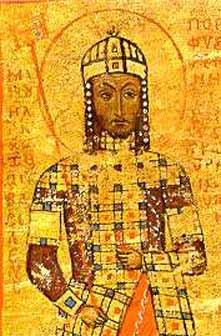
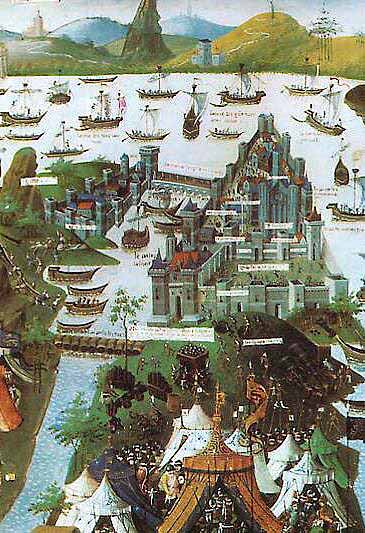
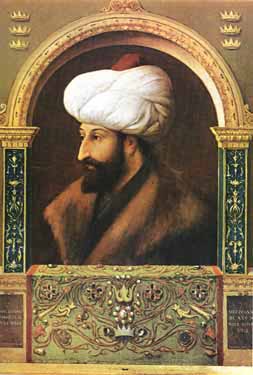
تعليق